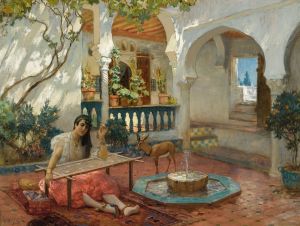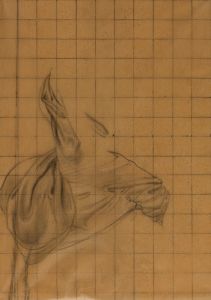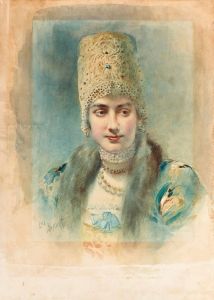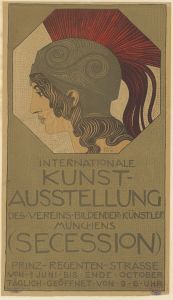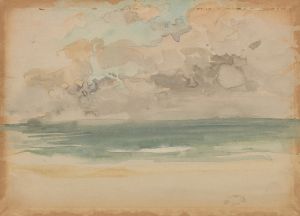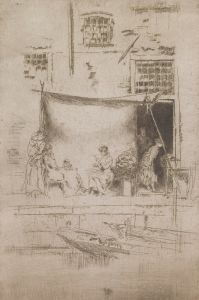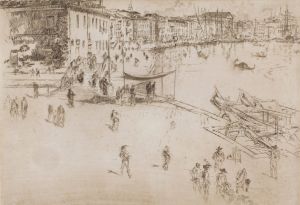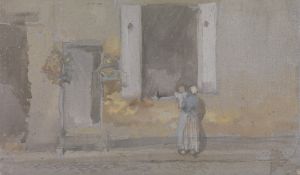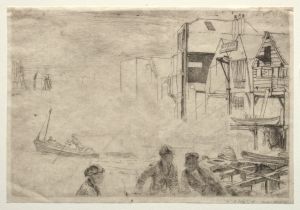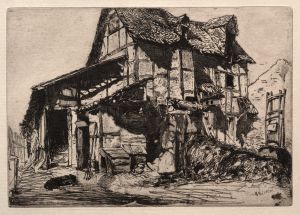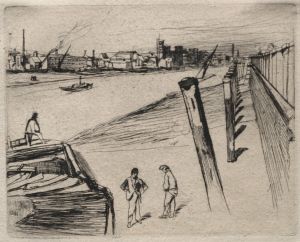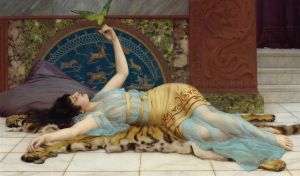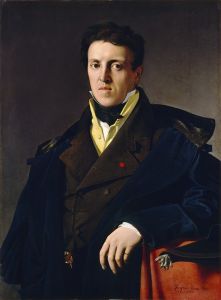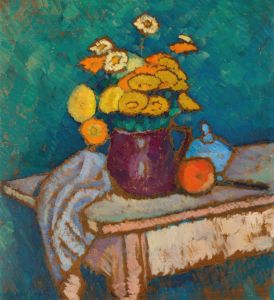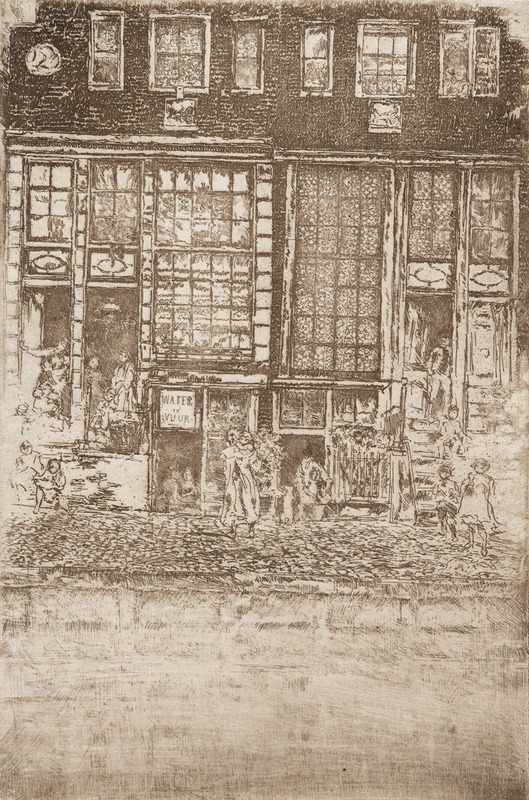
The Embroidered Curtain
A hand-painted replica of James Abbott McNeill Whistler’s masterpiece The Embroidered Curtain, meticulously crafted by professional artists to capture the true essence of the original. Each piece is created with museum-quality canvas and rare mineral pigments, carefully painted by experienced artists with delicate brushstrokes and rich, layered colors to perfectly recreate the texture of the original artwork. Unlike machine-printed reproductions, this hand-painted version brings the painting to life, infused with the artist’s emotions and skill in every stroke. Whether for personal collection or home decoration, it instantly elevates the artistic atmosphere of any space.
James Abbott McNeill Whistler's "The Embroidered Curtain" is a painting that exemplifies the artist's innovative approach to composition and color. Whistler, an American-born artist who spent much of his career in Europe, is renowned for his contributions to the Aesthetic Movement, which emphasized the visual and sensual qualities of art over narrative content.
"The Embroidered Curtain" is believed to have been created during the late 19th century, a period when Whistler was deeply engaged in exploring the interplay of color and form. Whistler's work during this time often focused on the harmony of color and the subtle arrangement of tones, which he referred to as "symphonies" or "harmonies." This painting is no exception, as it reflects his interest in creating a mood or atmosphere through the careful orchestration of visual elements.
The painting features a richly detailed curtain, embroidered with intricate patterns, which serves as the focal point of the composition. Whistler's use of the curtain as a central motif is characteristic of his interest in decorative elements and their potential to convey beauty and elegance. The curtain's texture and the play of light upon its surface are rendered with Whistler's characteristic delicacy and attention to detail.
Whistler's technique in "The Embroidered Curtain" demonstrates his mastery of color and his ability to create depth and dimension through subtle gradations of tone. The palette is likely to be restrained yet sophisticated, with a focus on muted colors that enhance the overall harmony of the piece. This restrained use of color is a hallmark of Whistler's style, reflecting his belief in the importance of tonal harmony and the influence of Japanese art, which he greatly admired.
While specific details about the painting's provenance and current location are not widely documented, Whistler's works are held in numerous prestigious collections around the world, including the Louvre in Paris, the Tate Britain in London, and the Smithsonian Institution in Washington, D.C. His paintings are celebrated for their innovative approach to composition and their contribution to the development of modern art.
Whistler's influence extends beyond his paintings; he was also a prominent figure in the art world of his time, known for his sharp wit and his writings on art theory. His famous "Ten O'Clock Lecture" articulated his belief in "art for art's sake," a principle that underscored much of his work, including "The Embroidered Curtain."
In summary, "The Embroidered Curtain" by James Abbott McNeill Whistler is a testament to the artist's skill in creating visually harmonious compositions that prioritize aesthetic beauty. Through his careful attention to color, texture, and form, Whistler crafted a piece that reflects his artistic philosophy and his enduring legacy in the world of art.





